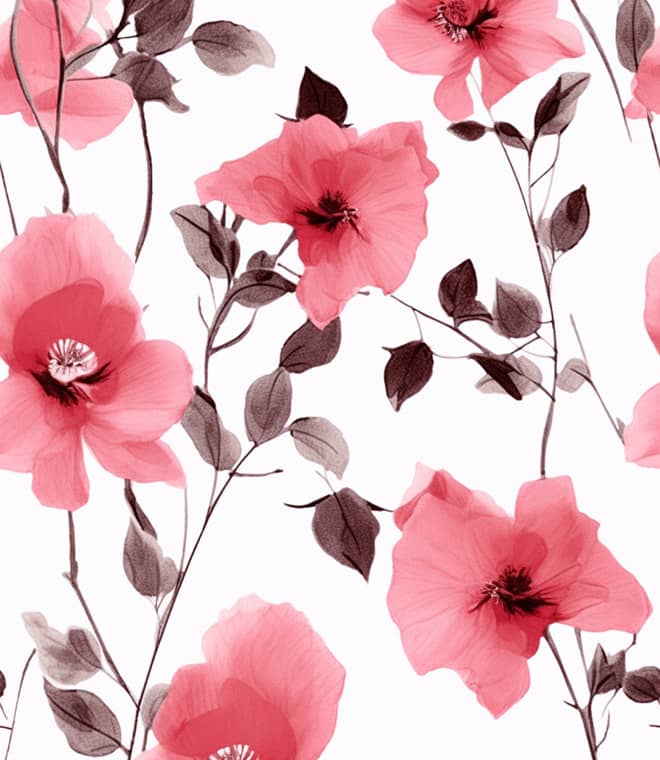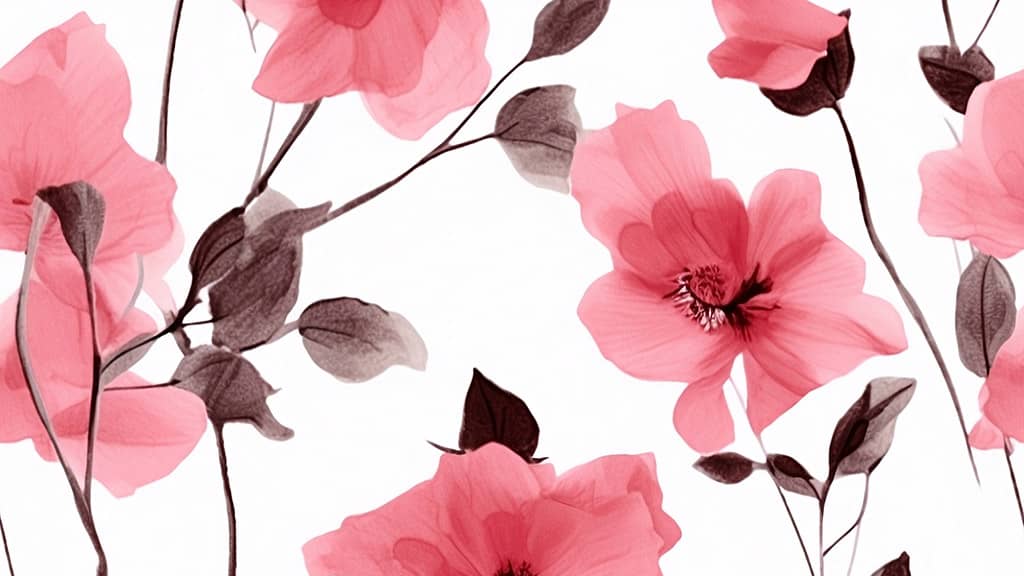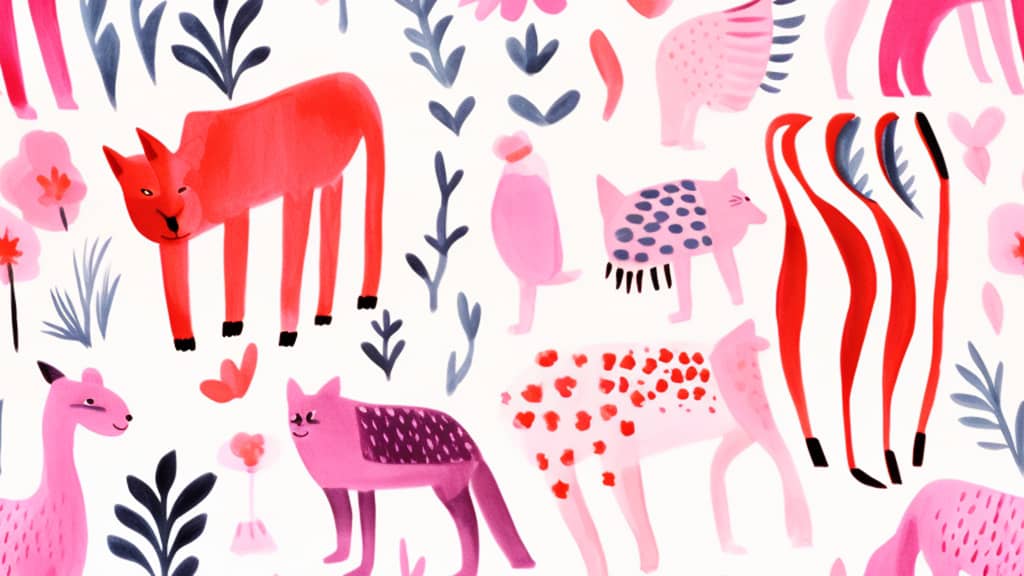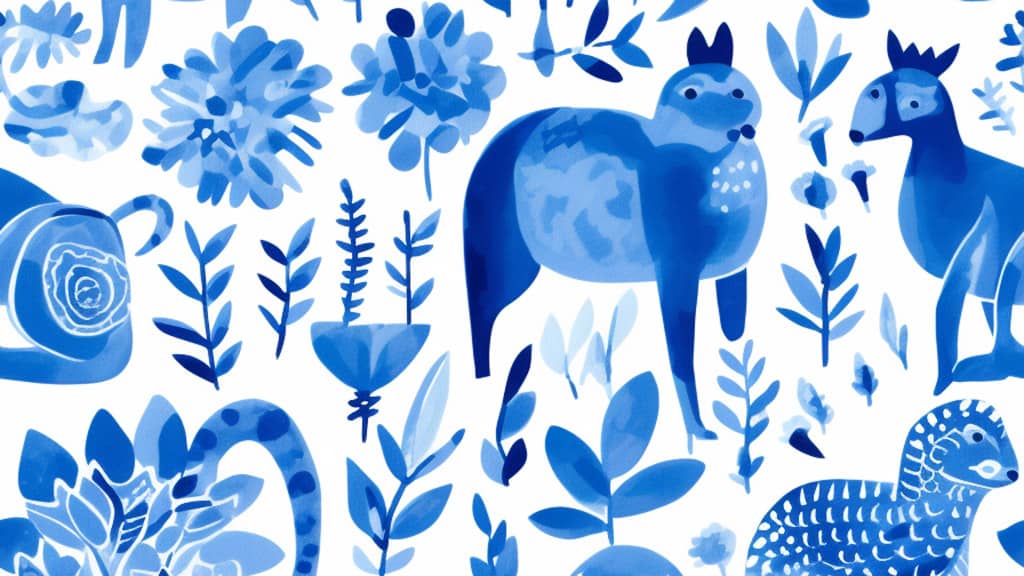Introduction
Embarking on a journey through the chromatic spectrum, we encounter numerous shades that stir our emotions, evoke memories, and influence our perception of the world. Today, we will delve into the world of Rose Pink, a color that gently straddles the boundary between bold and serene, combining the vivacity of red with the purity of white. Rose Pink carries an undeniable charm and warmth that is as captivating as the flower it is named after. It permeates various aspects of our lives, from the fashion we wear, the design aesthetics we admire, to the cultural and psychological connotations we associate it with. In this exploration, we will discover the historical roots of Rose Pink, its influence in design, its psychological implications, and its rich symbolism.
Rose Pink: Its Historical Footprint
The history of Rose Pink is as intriguing as the color itself. Tracing its roots, we find that this variant of pink is deeply intertwined with the world of flora. The term ‘rose’ is derived from the Latin word ‘rosa,’ which refers to the flowering plant of the same name. This plant, with its mesmerizing array of colors, has been a source of inspiration for poets, artists, and lovers for centuries. The rose’s pink blossoms, in particular, have inspired a color that has found its place in art, fashion, and culture.
Historically, pink was not always associated with femininity or delicacy. In fact, pink was considered a shade of red, a color typically associated with strength and passion. Rose Pink, with its soft yet vibrant hue, presented a perfect blend of boldness and tranquility. It was in the 18th century, during the Rococo period, that Rose Pink began to gain prominence, particularly in art and design. Paintings and tapestries featured this delicate color, projecting an air of romance, luxury, and elegance.
Throughout the ages, Rose Pink has maintained its charm. From the Victorian era to the modern-day, it has been a part of significant fashion trends, decorating garments, accessories, and even symbolizing social causes.
The Influence of Rose Pink in Design
Rose Pink has held a significant place in the realm of design. Its subtlety and warmth make it a versatile color, lending itself to various design elements. It finds use in a wide range of applications, from interior design and fashion to graphic design and product design.
In interior design, Rose Pink creates a soothing and inviting ambiance. It is often used to curate spaces that exude warmth, comfort, and a touch of elegance. Whether in the form of accent walls, upholstery, or decorative pieces, Rose Pink adds a sense of charm and sophistication to interiors.

In fashion design, Rose Pink has been a recurrent color on runways and in wardrobes. Its soft yet vibrant character makes it a perfect choice for various clothing styles, from casual to couture. Rose Pink garments convey a sense of grace, romance, and chic elegance, making them a favorite among designers and fashion enthusiasts.
In graphic design, Rose Pink is used to convey sentiments of love, compassion, and tenderness. It’s a color that appeals to the emotional side of viewers, making it an effective tool in advertising and branding.
Understanding the Psychology of Rose Pink
The psychology of color is a fascinating field, and Rose Pink is no exception. This shade of pink is often associated with feelings of love, compassion, and nurturing. It is gentle and comforting, often evoking feelings of warmth, safety, and affection.
In psychological terms, Rose Pink is also linked to hope and optimism. It’s a color that can uplift the spirit and instill a sense of calm and reassurance. In some cultures, it is also associated with good health and life, owing to its closeness to the color of some skin tones.
Rose Pink’s calming effects have been leveraged in color psychology and color therapy, used in spaces and situations where stress relief is needed. Its soothing presence can help to alleviate feelings of anger or resentment, and encourage feelings of peace and relaxation. It is a color that communicates empathy and sensitivity, making it an ideal choice for environments where care and understanding are paramount.

Decoding the Symbolism of Rose Pink
Symbols play a significant role in our understanding and interpretation of the world around us, and colors are no exception. Rose Pink carries a wealth of symbolism that varies across different cultures and contexts.
In Western cultures, Rose Pink symbolizes love, romance, and femininity, often associated with charm, politeness, sensitivity, and tenderness. It represents sweetness and innocence and is often linked with romantic feelings and childhood.
In Eastern cultures, pink is often associated with happiness and joy. In Japan, the color is tied to cherry blossoms, which symbolize the beauty and transience of life.
Rose Pink also has a strong symbolic connection with awareness and hope. It is universally recognized as the color symbolizing the fight against breast cancer, representing hope, strength, and support for those battling the disease.
Conclusion
From the historical journey to the influence on design, the psychological impact, and the powerful symbolism, Rose Pink is a color that continues to captivate us with its warmth and versatility. It is not merely a color but a testament to the interplay of culture, history, psychology, and artistry.
In its varied shades and contexts, Rose Pink tells a story that is both universal and personal. It is a color that holds a mirror to our emotions, reflecting the depth of our joy, the intensity of our love, the quietude of our peace, and the resilience of our spirit. As we navigate through life, it serves as a gentle reminder of the tender moments, the battles fought, and the hopes kindled.
As we journey further into the chromatic world, we carry with us the rich tapestry of Rose Pink’s history, its influences, its emotional resonance, and its symbolic power. So whether you’re a designer seeking inspiration, a history enthusiast tracing the footprints of the past, or a curious soul exploring the emotional landscape, Rose Pink offers a world of discovery that awaits your exploration.
The Power of Ultramarine: Its History, Symbolism and Influence in Art & Design
Exploring Tangerine Orange: From Vibrant History to Cultural Symbolism



